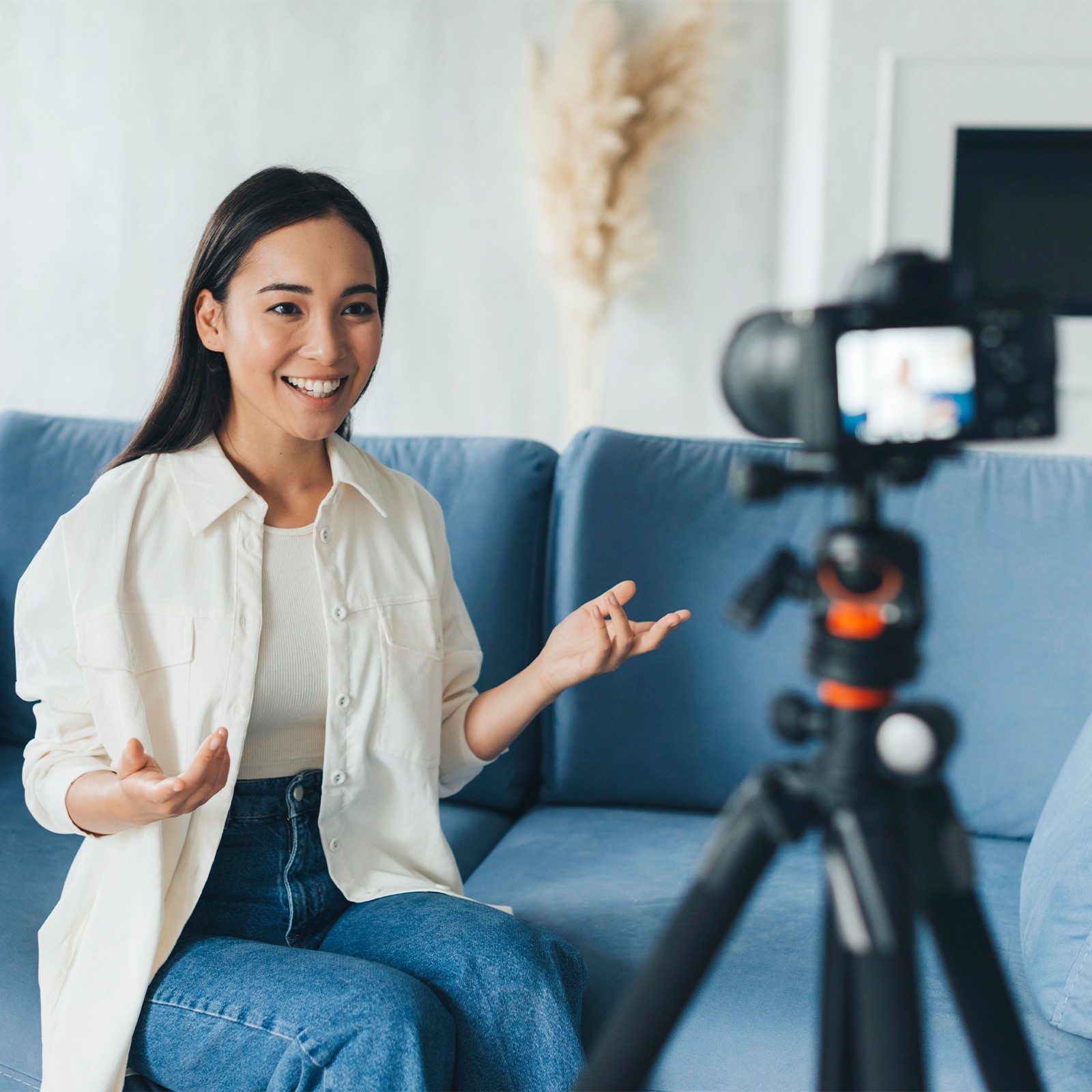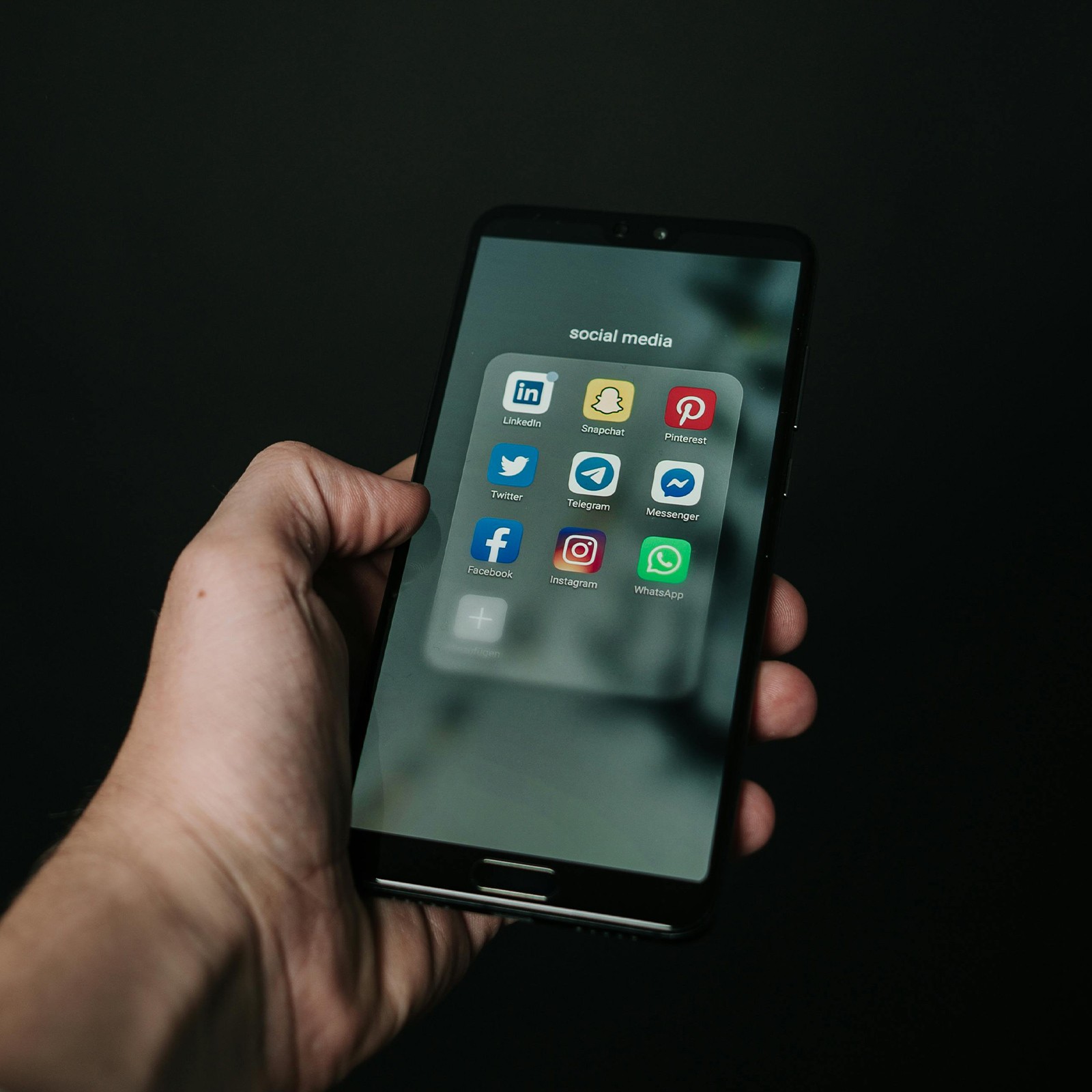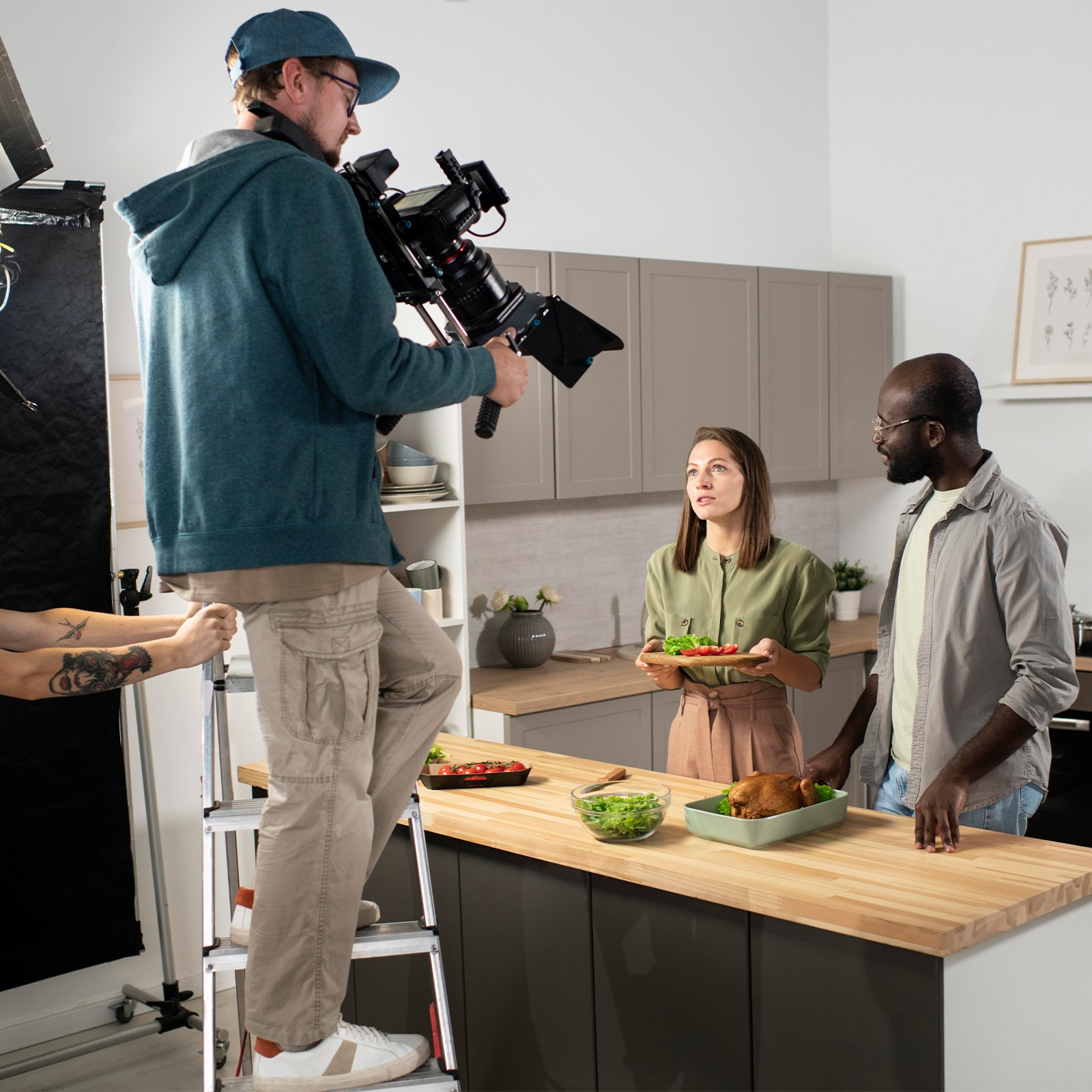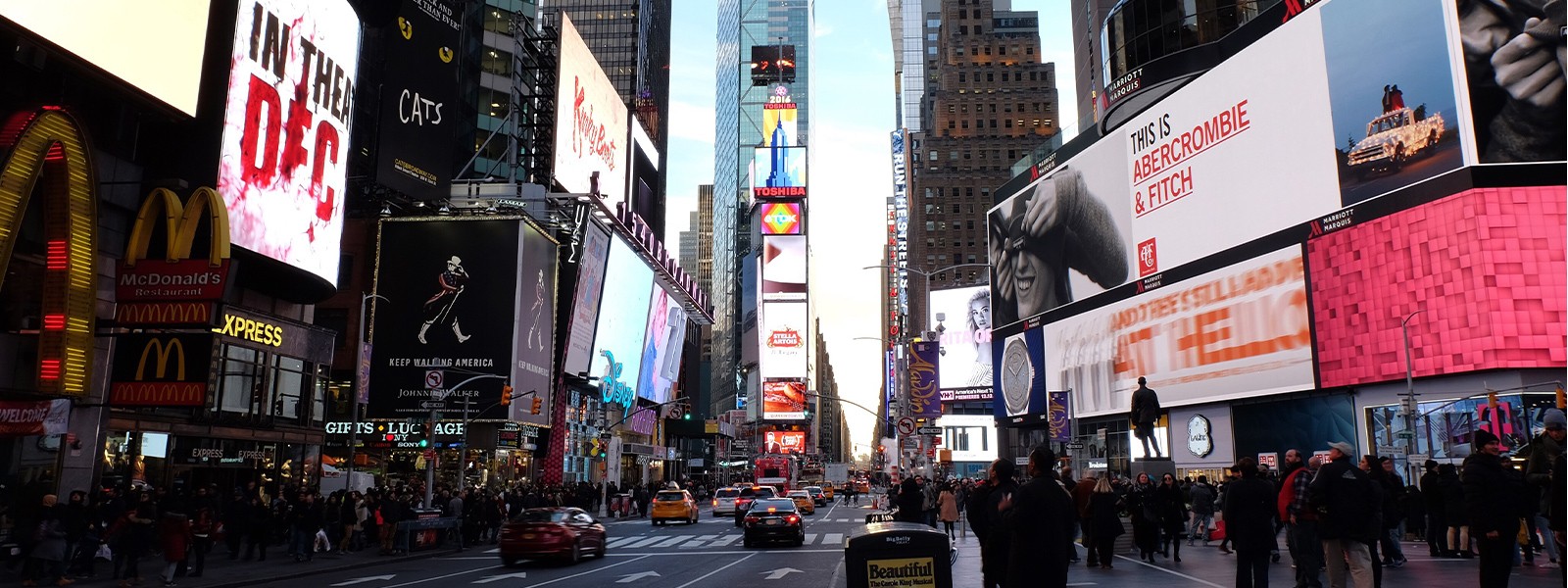Online Ads
/
Taze Creative
Advertising is a strategic approach that uses paid messaging across different media platforms to shape consumer perceptions and drive actions. Its primary goal is to inform, persuade, and influence purchasing behaviors or enhance brand recognition by targeting specific audiences. Through this effort, businesses aim to engage consumers and ultimately increase sales or awareness.
Advertising is essential for business success as it drives customer engagement and loyalty, which are crucial for building long-term relationships. It helps differentiate a brand in a competitive market, ensuring a business stands out. When executed effectively, advertising fuels sales and revenue growth by attracting new customers, retaining existing ones, and expanding into new markets.
There are numerous forms of advertising, so how do you determine which will deliver the highest ROI with a limited budget?
Unfortunately, there isn't a one-size-fits-all solution. Some businesses may see a greater return from social media ads, while others might benefit more from a well-placed billboard in a busy area.
Ultimately, the effectiveness of any advertising method depends on your business objectives, the products or services you offer, your target audience, and the size of your advertising budget.
Since there’s no universal strategy that works for every business, it's helpful to explore the top advertising methods for 2024.
We'll review the trends, strengths, and weaknesses of each approach and examine strategies to boost your brand and attract new customers.
One thing is certain a successful campaign will combine various types of advertising to expand your reach.
1.Search engine marketing

No matter your business’s size, location, or the products and services it offers, potential customers should be able to find you via search engines.
According to Retailing Today, 60% of customer journeys start with a search engine, making search engine marketing (SEM) a crucial part of most businesses' advertising strategies.
However, being "findable" isn’t enough if you want your business to appear on the first page of search results, preferably near the top.
A study by Backlinko found that the top five results on a search page account for almost 70% of all click-throughs (with the first result alone capturing 27%). In contrast, results on the second page get less than 1% of clicks.
To succeed in SEM, you’ll need a combination of search engine optimization (SEO) and pay-per-click (PPC) advertising.
Both methods aim to boost your content’s rank in search results to get you closer to the top of the first page.
SEO focuses on structuring and optimizing your content to improve its ranking organically, while PPC involves bidding on keywords to secure a top spot through paid ads.
Especially early on, you may need to rely on the PPC model to land on the first page for specific search terms. PPC allows you to control costs by setting a spending limit and only paying when a user clicks on your ad. Click costs can vary based on keywords and platforms, but typically range from ₹31.54 to ₹436.58.
As your business grows, invest in SEO by developing your own skills or hiring a third-party service. A service like Taze Creative can enhance your SEO strategy, driving traffic and boosting visibility with expert insights.
While SEO takes longer to deliver results, it’s a worthwhile investment. SEO-optimized content receives a higher Quality Score in Google’s ad-ranking algorithm, leading to better ad placement at no additional cost. A higher Quality Score also lowers your cost-per-click (CPC), allowing you to stretch your budget further.
Beyond cost savings, organic search results are often perceived as more trustworthy by consumers, positively influencing their buying decisions and shaping their perception of your brand.
2.Influencer advertising

Consumers today are less responsive to over-branded messages from companies and increasingly seek authenticity.
In fact, 88% of consumers say authenticity plays a key role in determining which brands they like and support, according to a study by Stackla.
By "authenticity," consumers mean brands that are perceived as genuine, honest, and reflective of their true identity and values.
Influencers provide a powerful way for brands to convey their message authentically. Research from Marketing Dive shows that 69% of consumers view influencers as trustworthy. When influencers endorse your brand, they lend their credibility and trust to your message, making it more relatable to their audience. Advertising experts anticipate a shift from "salesy" content to more authentic, lo-fi, influencer-driven campaigns, as noted by Ad Age.
Influencers don’t just help you craft a message that resonates; they also expand your reach. Smaller influencers, particularly those with 10,000 to 100,000 followers, are especially effective at penetrating niche communities.
According to HubSpot, 41% of marketers reported that these micro-influencers offer access to tight-knit, specialized audiences that brands might struggle to reach on their own.
Costs for influencer campaigns can vary widely based on the platform, follower count, campaign length, and other factors.
For instance, Shopify reports that a single Instagram post can cost anywhere from $10 to over $10,000, while TikTok posts range from $800 to $7,000 and beyond. Despite the potential high costs, influencers are often worth the investment.
HubSpot research shows that influencers deliver the second-highest return on investment (ROI) among all advertising channels.
3.Social media advertising

Think of social media advertising like fishing with a precision rod, rather than casting a wide net. The better you understand your target audience—where they hang out, what they’re interested in—the more accurately you can place your bait (ads) in the right spot.
This is why social media ads are so effective: they allow you to target specific consumers with pinpoint accuracy and measure the results in real-time, so you know what’s working and what needs tweaking.
Many of the principles from pay-per-click (PPC) advertising apply here too. But instead of bidding for a spot when a specific keyword is searched, you're bidding for a particular slot (such as the main feed, sidebar, or banner) based on audience demographics, interests, behaviors, and more.
Instead of paying per click, you pay cost per mille (CPM)—that is, for every 1,000 impressions (or views) your ad receives. Like renting a billboard on a busy highway, you pay based on how many people pass by and see it. CPM rates can range from ₹249 to ₹3,154 depending on the platform and your target audience.
But social media isn’t just about paid ads. You can also grow your brand organically by interacting with communities where your target customers gather. Think of this like joining a neighborhood barbecue: you don’t just stand there shouting about your brand; instead, you chat, share stories, offer advice, and build trust. Post funny memes, share blogs, host Ask Me Anything (AMA) sessions, and establish yourself as a go-to source for valuable information. Most importantly, be authentic.
In fact, authenticity is key. According to a Stackla study, 59% of people said they find user-generated content (like customer reviews or posts) to be the most genuine. In 2024, a great way to tap into this is to encourage user-generated content.
For example, you could run a contest where customers post funny pictures of your product under a specific hashtag, and the winner gets a free T-shirt.
It’s like letting your customers tell your brand story for you—and that resonates more than a traditional ad ever could.
4.Video advertising

Whether it's featured on your website, social media, or even on TV, video advertisements are a powerful tool for boosting reach, conversion rates, and ROI. Websites that include video content often see higher conversion rates compared to those without (4.8% vs. 2.9%), and social media posts with video receive twice as much engagement, according to WebFX.
Additionally, marketers have found that short-form videos deliver the highest ROI, even outperforming influencers and general social media content.
When creating video content for your advertising campaign, it's essential to captivate your audience instantly and convey your message quickly.
A study by Facebook and Nielsen revealed that "47% of a video campaign’s value is delivered in the first 10 seconds," and 64% of viewers who watch the first three seconds will continue to watch through the first 10. Ensuring the opening frames are attention-grabbing is crucial.
However, retaining that attention can be challenging. Even if you hook viewers in the first few seconds, only 45% will stay engaged until the 30-second mark. While the ideal video length varies by platform, you generally have between 30 seconds and two minutes to make an impact before users start scrolling again.
To maintain interest, incorporate frequent cuts, animations, and overlays to keep the content dynamic and engaging.
5.Email advertising

Email advertising is an effective way to stay connected with existing customers and encourage repeat business.
It allows you to share updates on upcoming sales, remind customers about items left in their cart, and even offer incentives like coupons to nudge them toward a purchase.
Building a successful email marketing campaign takes time and effort, especially in the beginning.
You'll need to grow your email list—either by purchasing one, collecting information from customers, or using a combination of both—and keep it updated.
Once you have your list, it’s important to segment your audience and tailor content to fit each group’s needs. Craft compelling calls to action and make sure to personalize your emails.
Personalized campaigns are far more effective. According to Invoice2go, adding personalization to the subject line increases open rates by 65%, and personalized content in the email body boosts conversion rates by 51%.
6.Direct mail advertising

Though often considered old-fashioned, direct mail is far from obsolete. According to the USPS, 90% of consumers engage with promotional mail, and 56% have tried a new business after receiving it. Additionally, a survey by Marigold found that 52% of consumers made purchases directly after receiving physical mail.
Direct mail advertising is a powerful supplement to digital strategies. The USPS reports that using both direct mail and digital advertising together boosts ROI by 60%. Direct mail can also be personalized, helping to build a deeper connection with consumers by making them feel valued and understood, which increases the likelihood of conversion.
You can elevate your direct mail campaigns by incorporating modern technology. For example, include QR codes to guide recipients to your website, or use Augmented Reality (AR) to bring your mail to life.
It's no wonder that 97% of marketers surveyed by SeQuel Response said that direct mail performance has either improved or stayed consistent.
There is no one "correct" way to advertise. A successful campaign goes beyond merely selecting channels— it requires a strategic combination tailored to your business’s specific needs. Every form of advertising in your campaign should be chosen for its ability to connect with and engage your target audience. This diversified approach allows a business to effectively interact with potential customers across multiple touchpoints, maximizing both reach and impact.
The most effective strategy will ultimately depend on your business’s unique goals, target market, and budget. By adopting a blended approach that leverages the strengths of various advertising mediums, you can create a dynamic and compelling presence that both captivates and converts consumers. This ensures your message reaches and resonates with your audience, driving growth and building lasting relationships in a highly competitive market.


